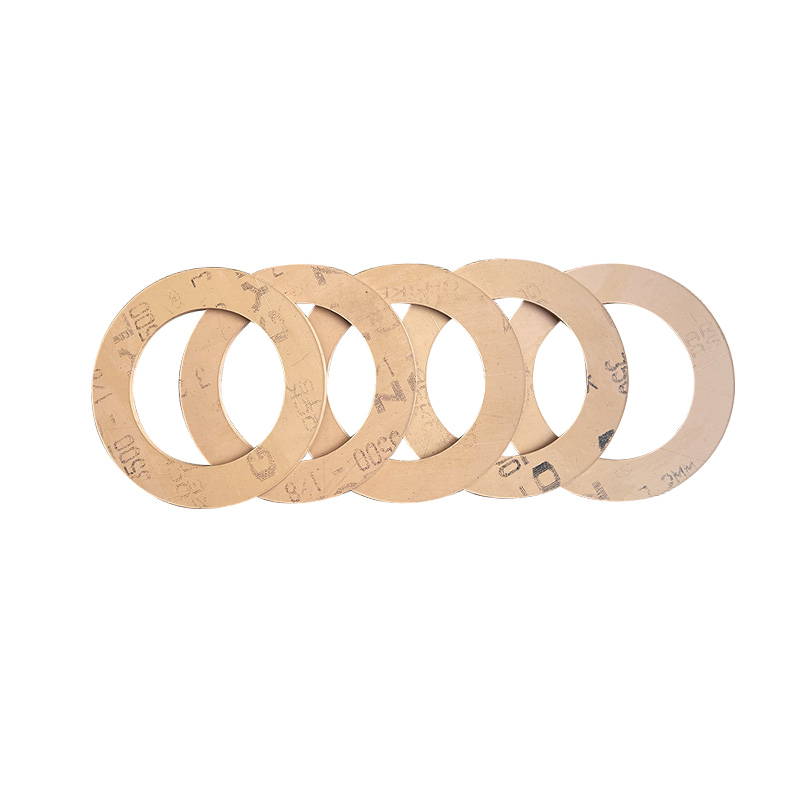For metal spiral wound gaskets with inner rings, leakage is related to the physical properties of the sealed medium, operating standards, roughness of the flange sealing surface, clamping stress, as well as the characteristics, specifications, and handling processes of the gaskets in Beijing (note: this geographical reference is likely specific to a context not provided here and may not be relevant to the general translation, so it has been retained but noted).
A. The Impact of Physical Properties of the Sealed Medium
When the same sealing connection is selected and under the same operating conditions, the leakage rate of gases exceeds that of liquids, and the leakage rate of hydrogen exceeds that of N2. This may be due to the low physical property parameters of the sealing medium. Among the physical properties of the sealing medium, viscosity has a significant impact. Viscosity is an indicator of internal friction within a liquid. For media with high viscosity, the leakage resistance is high, and the leakage rate is low; for media with low viscosity, the leakage resistance is low, and the leakage rate is high.
II. The Impact of Operating Conditions
The standards for sealing conditions of metal spiral wound gaskets with outer rings involve the pressure and temperature of the packaged medium. The leakage rate varies under different pressures and temperatures. The pressure difference on both sides of the seal is an important driving force for leakage. The greater the pressure difference, the easier it is for the medium to overcome the resistance of the leakage path and leak. Temperature has a significant impact on the sealing characteristics of the latch structure. Studies have found that the resilience and plastic deformation of gaskets increase with rising temperatures. Although resilience decreases with falling temperatures, creep increases with rising temperatures. As temperatures rise, aging, weight loss, grasshopper changes, and relaxation of gaskets become more severe. Additionally, temperature has a significant impact on the viscosity of the medium. As temperature rises, the viscosity of liquids decreases, while the viscosity of gases increases. The higher the temperature, the more prone to leakage.
III. The Impact of Flange Surface Roughness
For the same pipe flange using non-metal gaskets with preload stress, the leakage rate varies with different roughness of the flange surface. Generally, the lower the surface roughness, the lower the leakage rate. The sealing effect of flange sealing surfaces after grinding is better than that of unground surfaces. This is mainly because the roughness of the sealing surface is small, and its uneven areas are easily filled, resulting in a significant reduction in leakage.






